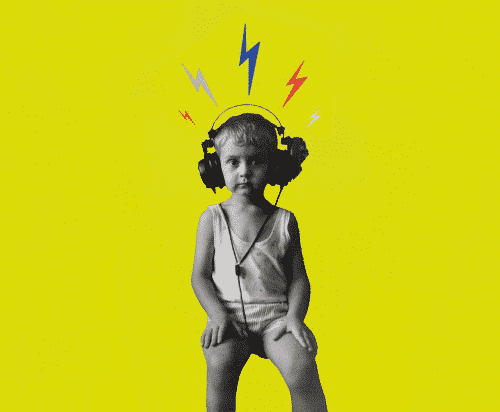As we understand from the cave paintings, the aurora that has attracted the attention of humanity for at least 32,000 years takes its name from Aurora, the goddess of dawn in Roman mythology. We still use the term “aurora borealis”, or northern lights, which is the name given to them by Galileo Galilei, who described the northern lights in the Northern Hemisphere in 1619. Galileo thought that this light show was caused by the sun’s rays reflecting off our atmosphere, and our current explanation is quite different from Galileo’s.
Earth has north and south poles, similar to a bar magnet thanks to its molten iron core. The region encompassing the magnetic field of this giant magnet is called the magnetosphere. The magnetosphere protects our planet’s atmosphere and living things from high-energy particles moving rapidly through space like a shield.
These charged particles in the form of plasma emitted due to solar activities are welcomed by the magnetosphere. The sun-facing side of the magnetosphere ripples as it collides with particles, forming a tail in the opposite direction, forming a droplet. The particles trapped in the tail section accelerate towards the poles of the Earth, which is a giant magnet due to fluctuations. Particles reaching the upper layers of the atmosphere transfer their energy to the atoms and molecules there. After this energy transfer in the polar regions where the Earth’s magnetic field lines are concentrated, atoms and molecules that gain extra energy emit this energy in light. The light show, which is as intense as the number of particles in the solar wind, continues until all of the extra energy transferred is turned into light. Particles flowing from the magnetic tail towards the poles reach both poles at the same time, and aurora lights occur at both poles at the same time. The lights at the south pole are called “aurora australis,” the southern lights.
The variety of colors in the aurora is since the elements in the atmosphere emit different light colors. If the particles transfer their energy to the oxygen atoms, green and red light of long wavelengths is produced, and if they are transferred to the nitrogen atoms, blue light of short wavelength is produced. Aurora lights, which contain high amounts of particles, give an impressive spectacle to the audience but can interfere with radio and GPS signals or cause power outages.














